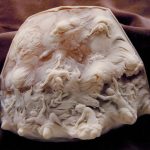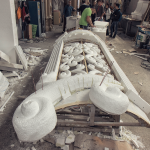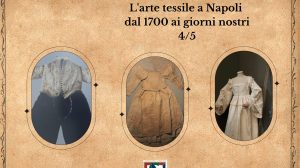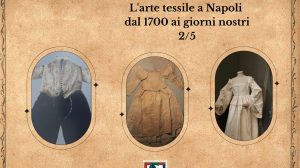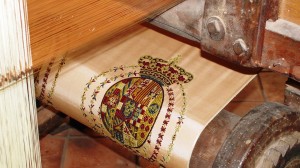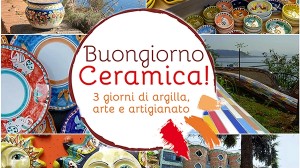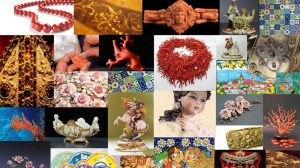The origin of coral is explained by several legends, the most likely of which is Ovidio’s, the famous Roman poet, one.
Ovidio claimed the red coral came from the blood of a female monster, named Medusa, a Gorgon, when Perseus beheaded her.
In Greek mythology, the Gorgons were three female monsters, daughters of Phorcys and Keto. They lived in the extreme west, close to the reign of the dead, by the Hesperides.
They had snakes for hair, huge golden wings and brass hands as well as a terrifying aspect that would immediately turn into stone anyone who looked upon them.
The legend says the seaweed, on which Medusa’s head had been placed, remained soaked with Medusa’s blood pouring out of her neck, as she was beheaded; the blood crystallized and turned the seaweed into a red stone, giving origin to the red coral.
PHOTOS OF THE GODDESS MEDUSA
For centuries, men revealed unable to allocate coral to one of the three kingdoms of nature (animal, plant and mineral), seeing in it the coexistence of all three.
Coral comes from colonial celenterates consisting of polyps which build a protective and securing calcium carbonate skeleton as they grow; it can be found in clear, shallow and relatively warm waters
The history of coral-carving and usage can be summarized as follows:
700 B.C. – In ancient Rome, coral was used for its healing and apotropaic properties.
Small branches of raw coral were hung around the newborn babies’ necks and its powder was also used as a medicine to prevent seizures, nightmares and toothache.
1000 – Coral was still used as amulet related specifically to childhood; the presence of cross-shaped branches, referring to the holy Cross, as well as its apotropaic properties, made coral an amulet against the Devil.
The Rosary, made of Coral red beads evoking the mystical roses of the Marian garden, was introduced into the devotional practices.
1400 – Coral started to be fished extensively and worked in Torre del Greco, in a time when Livorno held the monopoly on the raw coral.
1500 – besides its apotropaic virtues, people started to associate coral to the marvelous capacity of the material to be processed and to the great skills of the artisans, comparable to that of an alchemist or demiurge.
1700 – thanks to the Bourbons, the town of Torre del Greco became one of the most important centre in the processing and carving of coral.
The king supported the development of craftsmanship by reducing the tax on imported raw coral, though he couldn’t start a factory in the town because of the boom of the French Revolution and of the eruption of Vesuvius in 1794.
1800 – Ferdinando IV of Bourbon founded the first factory for the manufacturing of coral in Torre del Greco.
At the time, the production of sacred objects was replaced by the creation of ornaments and everyday objects, like combs, clips and paper knives to satisfy the requests of emerging bourgeoisie. Fishermen of Torre del Greco risked going up to the African coasts, winning over other competitor towns and thus turning Torre del Greco into the main centre in Italy for coral processing.
1876 – Mr Giovanni Della Rocca, member of Parliament, obtained a decree which established the School of Coral engraving and Industrial artistic design in Torre del Greco. The town thus became one of the world leading centres in the processing of coral and shells, devoted to the education and training of young people in the art of engraving.
Indeed, the coral School in Naples is still the leader in the most modern methods of processing cameos and coral, above all in the mentioned area of Torre del Greco.
Nowadays, coral is fished in Torre del Greco, as well as in the Gulf of Naples, nearby Capri and Ischia and processed on the coasts of Campania.
Corals come in a variety of shapes, sizes and colours, from white to blue, brown and black, though the coral from the Mediterranean is red. The most precious ones are the moro coral, coming in a deep red colour, and the delicate pale pink one, nicknamed angel skin.
In Naples, tourists can experience the history of coral visiting the Coral and Cameos Jewellery Museum in Naples inside the Galleria Umberto I. The collections retrace the history of coral processing, by displaying original documents and the most brilliant creations of Torre del Greco from the 19th century to the modern and contemporary times.





